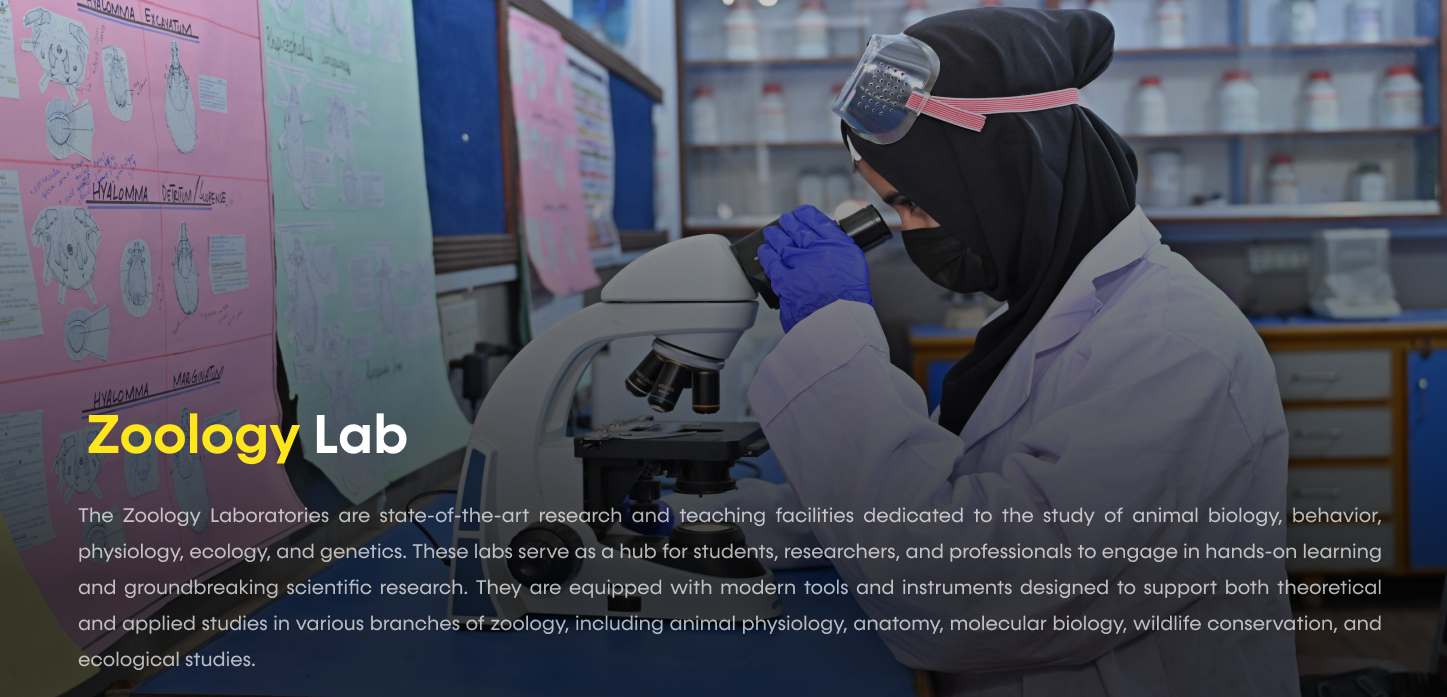
The Hematology and Vascular Biology Lab focusing on the study of blood cells, blood components, and vascular systems. This lab investigates the physiological and pathological aspects of hematology and vascular biology, which are critical for understanding various health conditions and diseases, including cardiovascular diseases, blood disorders, and vascular dysfunctions. The lab conducts research on blood circulation, endothelial cell function, blood coagulation, and the molecular and cellular mechanisms that govern vascular biology. This lab equipped with advanced instruments, the lab supports both fundamental and applied research, contributing to the advancement of medical and veterinary science, particularly in areas related to hematological and vascular disorders.
A critical instrument used to measure the absorbance or transmission of light through a sample, which provides valuable information on the concentration and composition of blood components.
A machine used to separate blood components (such as plasma, serum, and cellular elements) by applying centrifugal force. It is vital for preparing blood samples for analysis.
A machine used to separate blood components (such as plasma, serum, and cellular elements) by applying centrifugal force. It is vital for preparing blood samples for analysis.
A fundamental instrument used to magnify and observe small organisms, cells, and tissues, which is essential for studying wildlife at a microscopic level.
A molecular biology technique used to amplify DNA segments, making it possible to analyze genetic material with high precision. PCR is crucial for wildlife genetic studies, species identification, and ecological monitoring.
Discover Insights from Leading Voices
Experts share valuable perspectives on the One Health approach, highlighting its significance in fostering a healthier, interconnected world.
Learn More